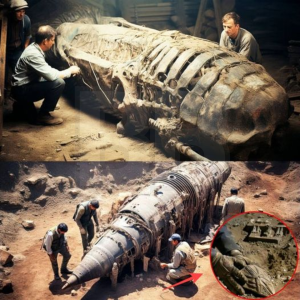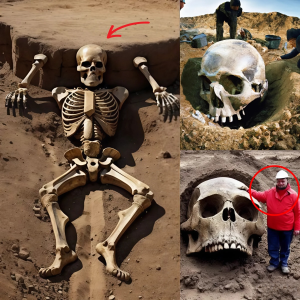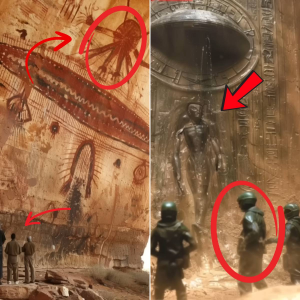Recent archaeological discoveries have shed new light on the history of Peru’s Chachapoya people. Until the 1990s most of what we knew about this pre-Columbian culture – referred to as the ‘Warriors of the Clouds’ by the Inca – was based on third-hand stories from unreliable Spanish chroniclers.

In 2017, the hilltop Chachapoya ruins of Kuélap were equipped with a cable car and marketed by the Peruvian government as a northern rival to Machu Picchu. Two years later Unesco placed the ‘Chachapoyas sites of the Utcubamba Valley’ on its tentative list of World Heritage Sites being considered for nomination.
Predating the Inca by over six centuries, Chachapoya culture flourished from around AD 800 in Peru’s remote northern highlands, an area of crinkled mountains, deep canyons and lofty waterfalls where the eastern slopes of the Andes dissolve into the humid Amazon basin.

Spanish colonial reports describing the Chachapoya as white-skinned and fair-haired were probably apocryphal, fuelling fantastical tales of their origins about mythical explorers from overseas. Subsequent archaeological research from Laguna de los Cóndores and other sites has dispelled the myth that the Cloud Warriors were displaced Vikings.
They were, however, reputed to possess a robust warrior spirit. Refusing to kowtow to the rapidly expanding Inca in the 15th century, they fought ferociously from hilltop forts before their eventual defeat in around 1475.

Kuélap was abandoned in the late 1500s, possibly after a massacre and a fire. It was rediscovered by a Peruvian judge in 1843 but, due to its remoteness and the touristic fame of Machu Picchu, it was not seriously excavated until the late 1990s.
Ongoing digs at the site continue to throw up as many queries as conclusions. While the monumentalism is impressive, questions about the citadel’s day-to-day function, its spiritual status and its significance in wider Chachapoya culture continue to perplex.

What lies in these places and other yet to be discovered sites is tantalisingly elusive. History is traditionally written by the winners and the winners in the Chachapoya story – the Inca and then the Spanish – were notoriously unreliable narrators. Perhaps, in the coming decades, further research will fill in some of the gaps. How unified were the Chachapoya?
How isolated were they from other Peruvian cultures? Were they as illustrious as the Inca? The story is still barely half written.





